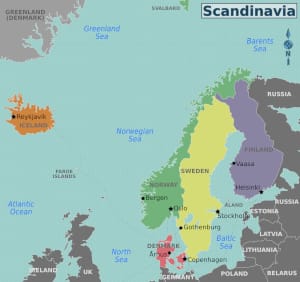The bankruptcy of the Chinese real estate company Evergrande is much more than a “Chinese Lehman”. Lehman Brothers was much more diversified than Evergrande and better capitalized. In fact, the total assets of Evergrande that are on the brink of bankruptcy outnumber the entire subprime bubble of the United States.
All posts by Daniel Lacalle
Inflation Is Killing The Recovery

This week, Ned Davis Research published a note titled “turns out, growth looks like it was transitory – inflation is more sticky”. There are many factors that show us that consumers and salaries are being eaten away by inflation, leading to an abrupt halt in the recovery. Autos and new home sales plunged, real disposable personal income has plummeted, and real median wage growth is lower than inflation.
Continue reading Inflation Is Killing The RecoveryThe Eurozone Is Going Down The Japan Way
The European Central Bank announced a tapering of the repurchase program on September the 9th. One would imagine that this is a sensible idea given the recent rise in inflation in the eurozone to the highest level in a decade and the allegedly strong recovery of the economy. However, there is a big problem. The announcement is not really tapering, but simply adjusting to a lower net supply of bonds from sovereign issuers. In fact, considering the pace announced by the central bank, the ECB will continue to purchase 100% of all net issuance from sovereigns.
Nordic Countries Do Not Mean Big Government or High Corporate Taxes
A lie is still a lie even if it is often repeated. And claiming the Nordic countries are socialist economies with high taxes for wealth and businesses is a big lie.

Nordic countries are not socialist. They rank at the top in the Heritage Foundation’s Economic Freedom Index 2020 (Denmark,10, Finland, 17, Sweden, 21, Norway, 28). They also rank at the top in the World Bank’s Ease of Doing Business Index 2020 (Denmark, 4, Norway, 9, Sweden, 10, Finland, 20), with simple and limited business regulation and strong support for entrepreneurship.